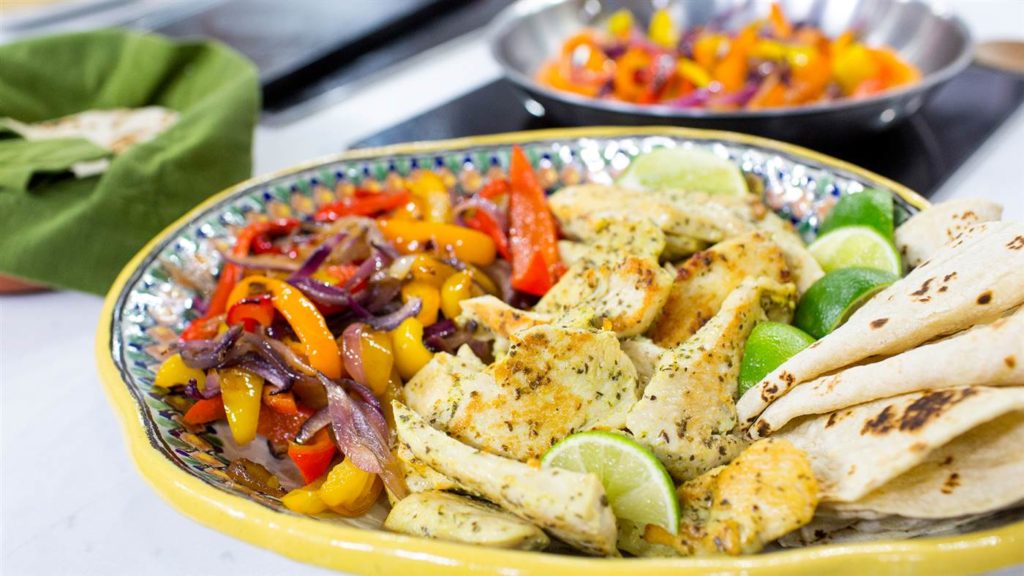by Mayo Clinic Staff
Cooking meals at home can result in healthier meals, lower food costs and better family bonding. But studies show that Americans are eating fewer meals at home now than in previous decades — and the meals eaten away from home have more calories, fat and added sugar than do the home-cooked meals.
People who don’t cook often buy more convenience foods when shopping, tend to graze instead of eating balanced meals, and often are less satisfied with the quality and taste of their diets.
The biggest barrier to cooking at home is a lack of time and the belief that cooking from scratch takes more time than ordering in or going to the drive-through. Other common obstacles include not knowing how to get started with meal planning and food shopping. Plus, some people simply do not enjoy cooking, and it can be tricky to do for just one or two people in a household.
With minimal time and effort, anyone can adopt a few strategies to start cooking at home. Try these tips this week:
Ditch the recipes (for now)
A recipe is like a detailed roadmap that outlines one way of getting to a specific endpoint. If you follow the directions closely, you should be able to reach your final destination. But if you don’t know how to drive, the end result could be a disaster. Focus instead on understanding basic cooking processes, skills and techniques, such as baking, roasting, steaming, sauteing and grilling. Many resources are available in print and online to help you learn. Once you’re comfortable in the kitchen, you should be able to master even the most complex of recipes.
Keep it simple
Rather than trying to tackle a three-course meal from the outset, focus on just one main component, such as a protein. Experiment with different cooking methods using something as simple as a chicken breast or salmon fillet. Round out the rest of the meal with minimally processed, quick-cook kitchen staples such as frozen vegetables, canned tomatoes and whole-grain pasta.
Enhance smaller portions of ready-to-eat meals from the grocery store or a favorite restaurant with a home-cooked component. Balancing the two will not only save you time and money, but the resulting dishes will likely be higher in quality and lower in fat and calories than a typical takeout meal.
Start small
At first, plan to cook just one meal a week. Continue cooking the same meal or using the same technique each week until you feel proficient. Build on each success by adding an additional weekly meal, learning a new skill or both. Small, consistent improvement is the key to long-term success.
Have a plan
Have an idea in mind of a meal you would like to have for dinner one night. Buy what you will need for that meal, along with kitchen staples you don’t already have on hand, such as vegetable oil or frozen vegetables. Take time the night before to prep everything in advance. This might mean pre-chopping your vegetables, measuring out any dry or liquid ingredients, or marinating your protein.
Set yourself up for success
Help yourself stay on track and eliminate potential pitfalls by creating an optimal environment for cooking. Limit distractions by turning off the TV and clearing away kitchen clutter. Make sure the tools and equipment you need are easily accessible.
Clean up as you go by wiping counters and washing dishes. This will make for a more relaxing cooking and dining experience.

